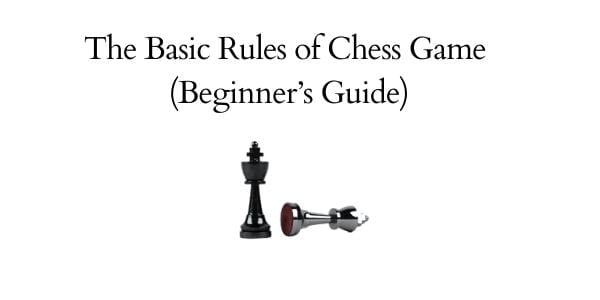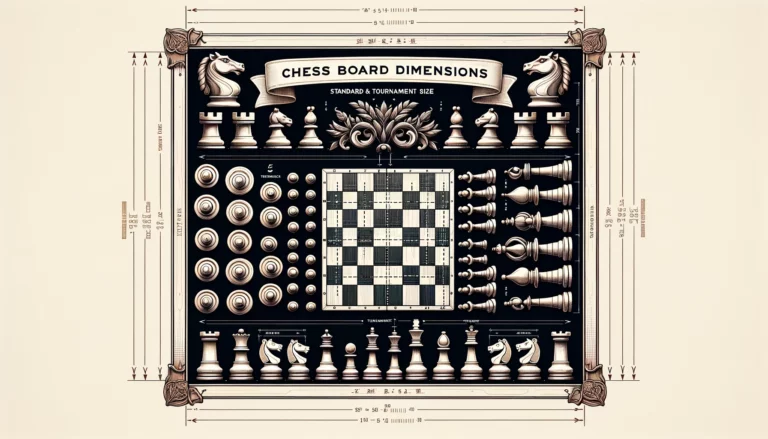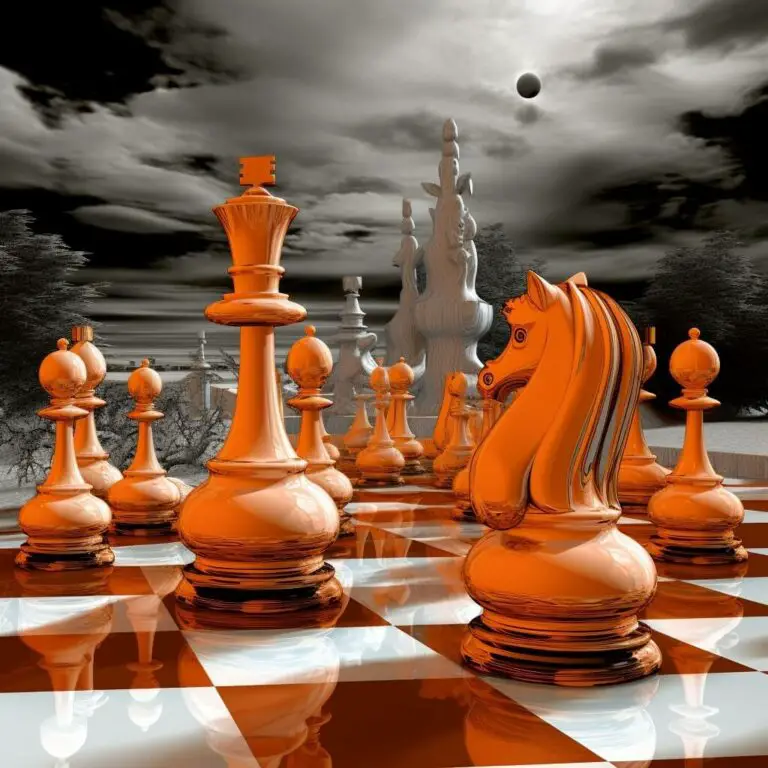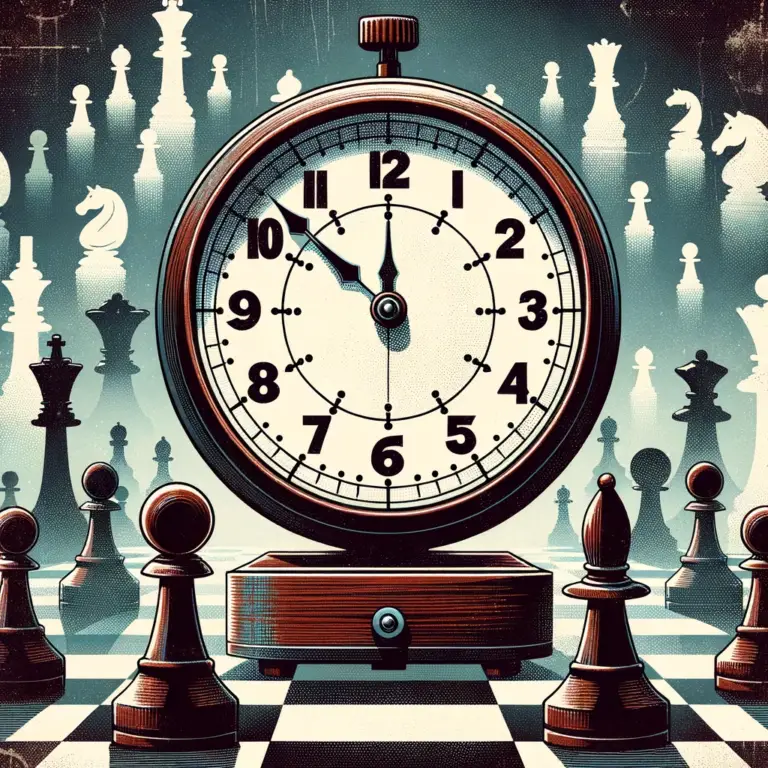King vs. Queen: Can a King Capture a Queen in Chess?
Chess, a game of strategy and tactics, often raises intriguing questions among players, both beginners and experts. One such question is: Can a king capture a queen in chess? While the king, often seen as a vulnerable piece, has the capability to capture various pieces, there are specific conditions under which it can capture the queen. For those new to the game, understanding the basic chess rules can provide a foundation to delve deeper into such strategic considerations.
King’s Movement and Capture Rules
- Movement Range: The king can move one square in any direction – horizontally, vertically, or diagonally. This limited range of movement is crucial in understanding its interactions with other pieces, especially the queen.
- General Capture Rules:
- Pawns: The king can capture pawns that are adjacent to it. For more on pawn strategy and tactics, refer to pawn strategy and advanced pawn tactics.
- Bishops: Bishops, moving diagonally, can be captured by the king if they come within its range.
- Rooks: Rooks move horizontally or vertically, and if one ends its move next to a king, it can be captured.
- Knights: Knights have a unique L-shaped movement. A knight close to the king can be captured if it’s within the king’s reach. Learn more about the importance of the knight in chess.
For those just starting out, understanding how to set up a chess board and recognizing what chess pieces look like can be beneficial.
Queen’s Movement and Significance
The queen is one of the most powerful pieces on the chessboard due to its versatile movement capabilities:
- Movement Capabilities:
- Diagonally: The queen can move diagonally across the board, similar to a bishop.
- Horizontally and Vertically: The queen can move straight across the board, similar to a rook.

Given its movement capabilities, the queen holds strategic importance in the game. It can control large portions of the board and is often used in various chess strategies and tactics. However, with great power comes the responsibility of ensuring its safety. An unprotected queen can become vulnerable, especially when close to the opponent’s king.
Of course! Let’s continue with parts 4-5 of the outline:
King’s Limitations Against the Queen
The king, while being the most crucial piece in chess, has its limitations, especially when it comes to the queen.
- Limited Movement Range: The king’s ability to move only one square in any direction often restricts it from directly attacking the queen. This limitation is especially evident when the queen is positioned a few squares away, allowing her to threaten the king without being in immediate danger.
- Inability to Capture in Most Scenarios: Due to the queen’s versatile movement, she can often position herself in such a way that the king cannot capture her without putting himself in check. Remember, a move that places one’s own king in check is illegal in chess. For those unfamiliar, understanding the basic chess rules can shed light on such nuances.
Conditions for Capturing the Queen
While it’s rare, there are specific circumstances under which the king can capture the queen:
- Adjacent Positioning: For the king to capture the queen, she must be positioned adjacent to him. This scenario can arise if the queen moves next to the king without any protection from her allied pieces.
- No Direct Threat: The king can only capture the queen if doing so doesn’t place him in check. For instance, if another piece is directly threatening the square the king would move to, the capture is not allowed.
- Unprotected Queen: Often, the queen is protected by other pieces like pawns, rooks, or bishops. For a king to capture the queen, she must be unprotected, meaning no other piece can recapture the king on the next move.
For players looking to understand the dynamics between different pieces, exploring topics like what chess pieces represent and the intricacies of chess castling can be enlightening.
Certainly! I’ll craft parts 6-7 with a focus on Natural Language Processing (NLP) techniques, ensuring the content flows seamlessly and is engaging for the reader.
Strategic Considerations
In the vast landscape of chess, where every move is a blend of strategy and foresight, the scenario of a king capturing a queen is a rarity. But why is this so?
- Positional Awareness: Chess players, whether novices or grandmasters, are acutely aware of the board’s dynamics. The queen, with her unparalleled movement capabilities, is seldom left in a position vulnerable to the king. For those keen on enhancing their positional play, diving into the nuances of advantage in chess can be enlightening.
- Unprotected Queen Scenarios: For the king to even consider capturing the queen, she must be unprotected and adjacent to him. Such a scenario implies a significant oversight by the player controlling the queen, a rarity in well-contested games.
- Tactical Implications: Even in the rare instances where the king has an opportunity to capture the queen, players weigh the tactical implications. Is it a trap? Is there a hidden threat? Delving into chess tactics can provide insights into such decision-making processes.
Expert Opinions and Gameplay Examples
The chess community, with its rich history and diverse opinions, offers intriguing insights into the king-queen dynamic:
- Expert Views: Renowned chess experts opine that while the king capturing the queen is theoretically possible, it’s a scenario seldom seen in high-level games. Such occurrences are often discussed in chess forums, shedding light on the strategic depth of the game.
- Gameplay Examples: There have been instances in local tournaments and online games where an overambitious or careless move with the queen has led to her capture by the king. Such moments, while rare, serve as reminders of the game’s unpredictability.
- Historical Matches: Delving into chess archives, one might find a handful of games where the king has indeed captured the queen. These games are studied not just for this rare event but for the broader strategies employed.
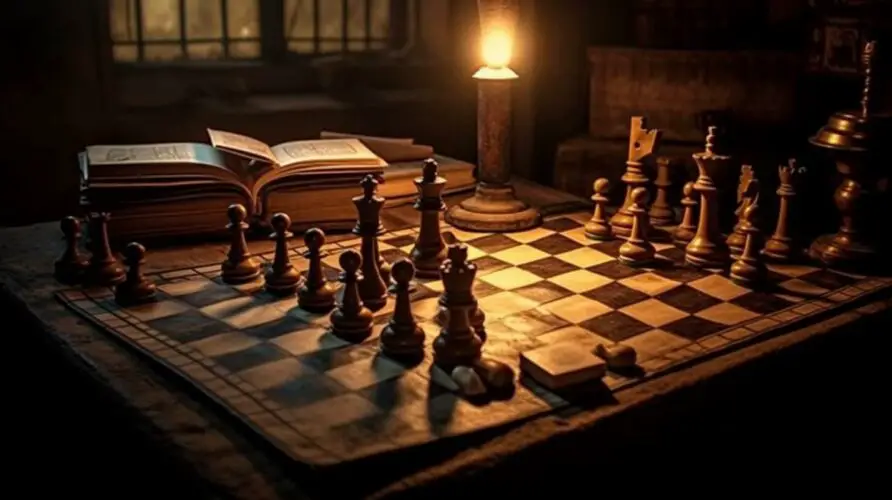
For those eager to explore more about the game’s intricacies, understanding the basic chess rules and the significance of each piece, such as why the knight is important in chess, can be a great starting point.
Absolutely! I’ll continue with parts 8-10, ensuring the content is crafted using Natural Language Processing (NLP) techniques for a smooth and engaging narrative.
Consequences and Potential Outcomes
The chessboard, a battleground of wit and strategy, presents countless possibilities with every move. But what happens when the king captures the queen, a scenario steeped in rarity?
- Tactical Shift: The immediate aftermath of the king capturing the queen often results in a significant shift in the game’s dynamics. The player who loses the queen might find themselves on the defensive, trying to leverage their remaining pieces to mount a counterattack. For insights into leveraging positional advantages, the article on advantage in chess is a must-read.
- Psychological Impact: In chess, the psychological dimension is as crucial as the physical moves. Losing the queen to a king can be a demoralizing blow, potentially affecting subsequent decisions.
- Endgame Scenarios: With the queen out of the picture, endgame strategies might need reevaluation. Players would need to rely more on their pawn structures and other pieces to navigate towards a potential victory or stalemate.
Variations in Chess Rules
While traditional chess rules are universally recognized, there exist variations that introduce unique dynamics:
- Chess960: Also known as Fischer Random Chess, this variant, created by chess legend Bobby Fischer, randomizes the starting positions of pieces. Such variations can lead to unconventional scenarios, including the king capturing the queen in the early stages.
- Three-check Chess: In this variant, delivering three checks wins the game. The value of each piece, including the king and queen, undergoes a transformation as players chase checks over material advantage.
- Bughouse and Crazyhouse: These are team-based and single-player variants, respectively, where captured pieces can be reintroduced to the board. The dynamics between the king and queen in these versions can be vastly different from traditional chess.
For those intrigued by these variations, understanding the basic chess rules provides a foundation to explore these exciting formats.

Conclusion
The intricate tapestry of chess, woven with strategy, tactics, and moments of sheer unpredictability, never ceases to captivate its enthusiasts. The question, “Can a king capture a queen?”, while seemingly straightforward, unravels layers of depth and strategy inherent to the game.
While such a scenario is rare, it stands as a testament to the game’s dynamic nature, where every move can reshape the narrative. For those intrigued by the interplay of chess pieces and the rules that govern them, another fascinating query arises: Can a king kill a king in chess? Exploring such questions not only deepens one’s understanding of chess but also rekindles the passion and curiosity that makes this ancient game eternally enchanting.
FAQ
1. Why is it uncommon for a king to capture a queen in chess? Given the king’s limited movement and the queen’s strategic prowess, players typically avoid such rare confrontations. Dive deeper into chess strategy at mrscheckmate.com.
2. Do chess variants alter the king-queen interaction? Yes, variants like Chess960 introduce unique dynamics. Explore these variations at mrscheckmate.com.
3. How impactful is the loss of a queen in a game? Losing the queen can shift strategies, emphasizing defense and endgame tactics. Learn more about chess tactics here.
4. Does the “king cannot move into check” rule affect its ability to capture the queen? Absolutely. If capturing the queen places the king in check, it’s an illegal move. Understand this rule better here.
5. Are there other unique chess piece interactions like the king-queen dynamic? Yes, chess offers myriad strategic interactions. For instance, explore the query: Can a king kill a king in chess?.

